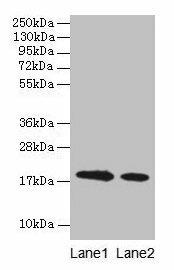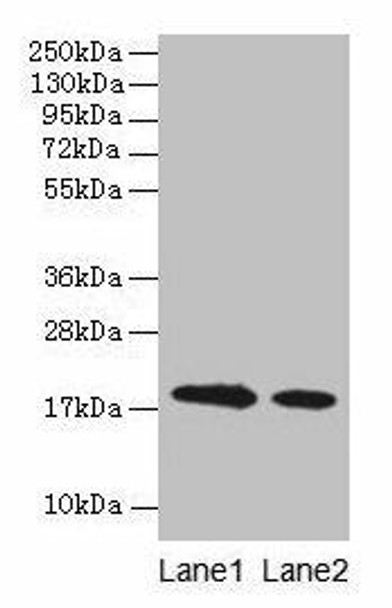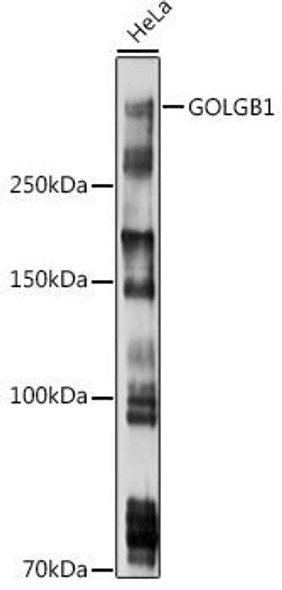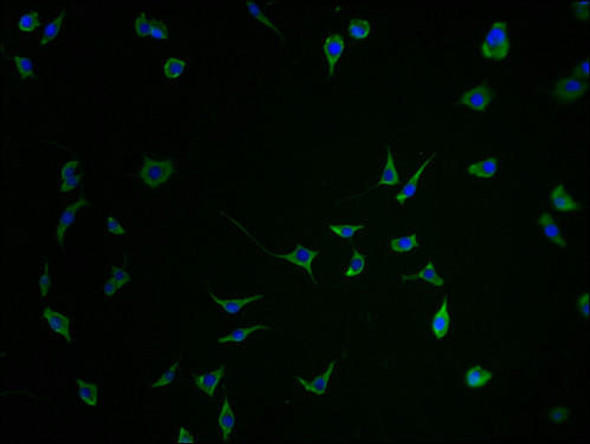Description
LGB Antibody (PACO25284)
The LGB Antibody (PAC02584) is a reliable tool for researchers studying the LGB protein, a key player in lipid metabolism and energy balance. This polyclonal antibody, produced in rabbits, exhibits high specificity for human samples and has been extensively validated for use in Western blot applications. It binds to the LGB protein, facilitating its detection and analysis in various cell types, making it an invaluable resource for studies in metabolic disorders and obesity research.The LGB protein, also known as lipoprotein lipase, is essential for the breakdown of triglycerides in the blood and storage of energy in adipose tissue.
Dysregulation of LGB activity is associated with dyslipidemia, insulin resistance, and obesity, making it a promising target for therapeutic interventions aimed at improving metabolic health. By elucidating the function of LGB, researchers can gain insights into the mechanisms underlying metabolic diseases and potentially identify novel treatment strategies for these conditions.
| Antibody Name: | LGB Antibody (PACO25284) |
| Antibody SKU: | PACO25284 |
| Size: | 50ug |
| Host Species: | Rabbit |
| Tested Applications: | ELISA, WB |
| Recommended Dilutions: | ELISA:1:2000-1:10000, WB:1:1000-1:5000 |
| Species Reactivity: | Bovine |
| Immunogen: | Bovine milk Beta-lactoglobulin (Native Protein) |
| Form: | Liquid |
| Storage Buffer: | Preservative: 0.03% Proclin 300 Constituents: 50% Glycerol, 0.01M PBS, PH 7.4 |
| Purification Method: | >95%, Protein G purified |
| Clonality: | Polyclonal |
| Isotype: | IgG |
| Conjugate: | Non-conjugated |
 | Western blot All lanes: Bovine milk Beta-lactoglobulin antibody at 2µg/ml Lane 1: Bovine milk Beta-lactoglobulin at 0.1mg/ml Lane 2: Bovine milk Beta-lactoglobulin at 10µg/ml Secondary Goat polyclonal to rabbit IgG at 1/15000 dilution Predicted band size: 18 kDa Observed band size: 18 kDa . |
| Synonyms: | Beta-lactoglobulin (Beta-LG) (allergen Bos d 5), LGB |
| UniProt Protein Function: | LCN1: Could play a role in taste reception. Could be necessary for the concentration and delivery of sapid molecules in the gustatory system. Can bind various ligands, with chemical structures ranging from lipids and retinoids to the macrocyclic antibiotic rifampicin and even to microbial siderophores. Exhibits an extremely wide ligand pocket. Belongs to the calycin superfamily. Lipocalin family.Protein type: Inhibitor; Secreted; Secreted, signal peptide |
| UniProt Protein Details: | |
| NCBI Summary: | |
| UniProt Code: | P02754 |
| NCBI GenInfo Identifier: | 87196497 |
| NCBI Gene ID: | 280838 |
| NCBI Accession: | NP_776354.2 |
| UniProt Secondary Accession: | P02754,Q32P89 |
| UniProt Related Accession: | P02754 |
| Molecular Weight: | Accurate Molecular Mass: 18.4kDaObserve Molecular Mass: 18kDa |
| NCBI Full Name: | beta-lactoglobulin |
| NCBI Synonym Full Names: | |
| NCBI Official Symbol: | PAEP |
| NCBI Official Synonym Symbols: | BLG; LGB |
| NCBI Protein Information: | beta-lactoglobulin |
| UniProt Protein Name: | Beta-lactoglobulin |
| UniProt Synonym Protein Names: | Allergen: Bos d 5 |
| Protein Family: | |
| UniProt Gene Name: | LGB |
| UniProt Entry Name: |










